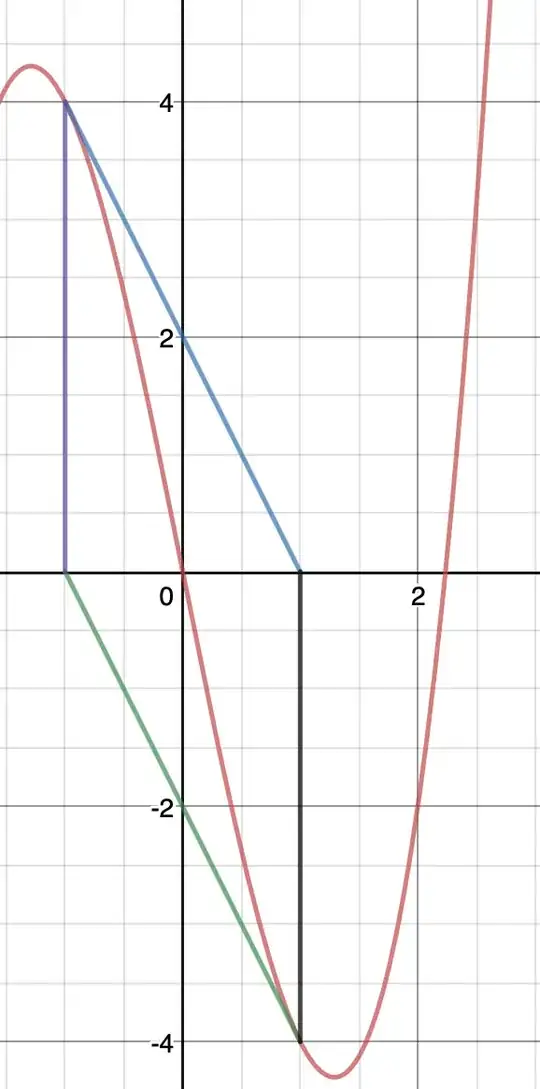Apply Newton-Raphson method to find the solutions to the equation $x^3-5x=0$ starting with an initial guess of $x_0 = 1$.
While using Newton Raphson method, the value doesn't converge to a specific number. Rather, every iteration either gives $1$ or $-1$. Why does this happen? Any graphical interpretation for this?
